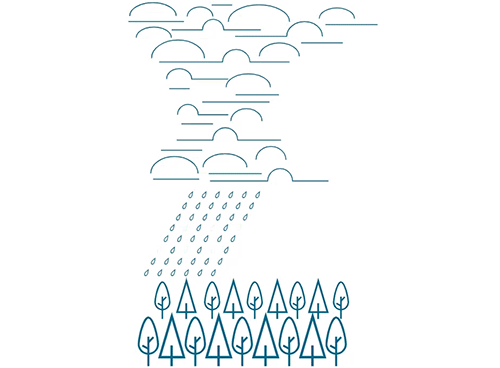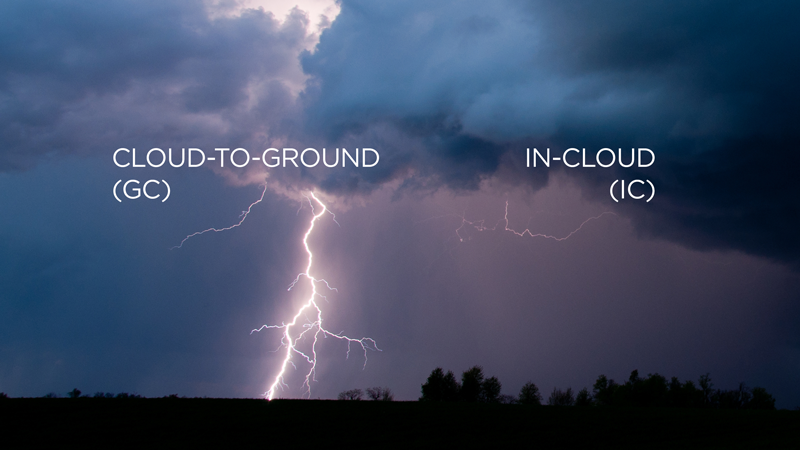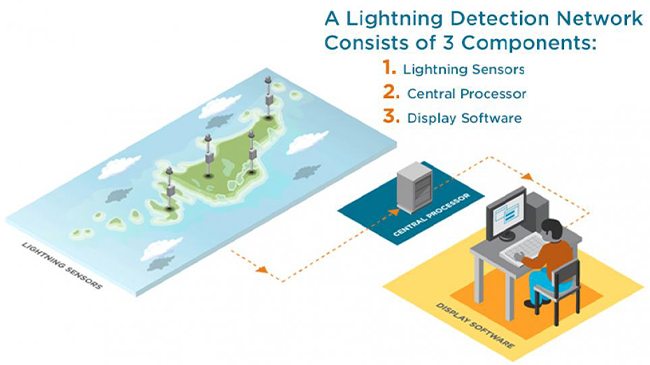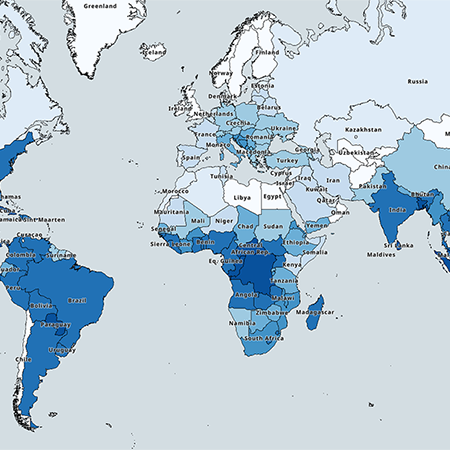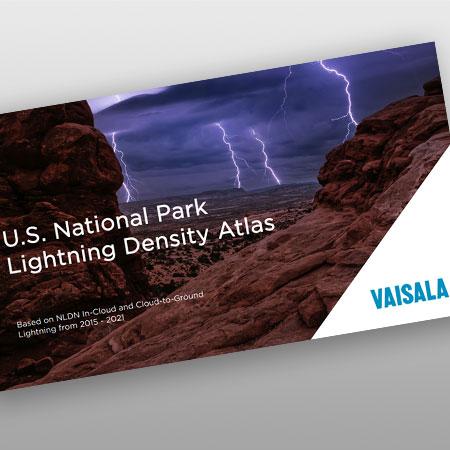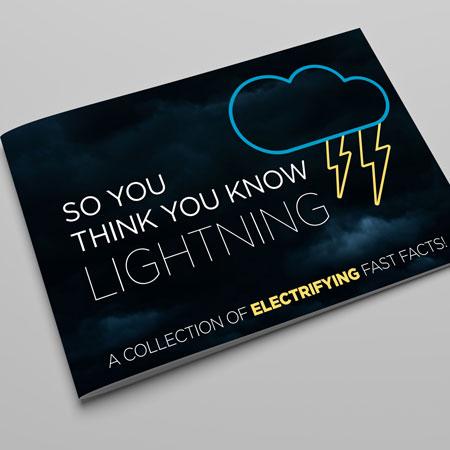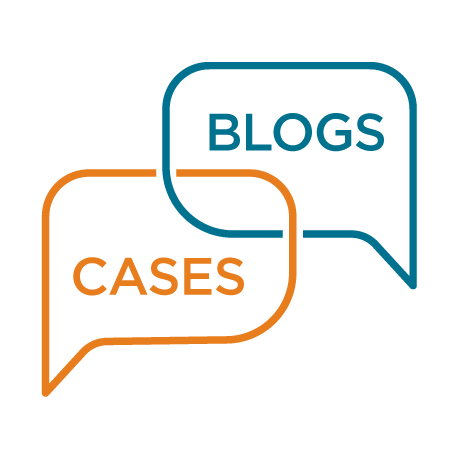Why measure lightning
Lightning is fascinating but dangerous. Humankind has wondered about it though history but now we can measure it to rein in its impacts. Lightning can kill and injure, damage infrastructure, delay recreation, and burn forests. With better understanding of lightning through precise detection, we can tell where, when, and how often it occurs, and take action based on this information.
